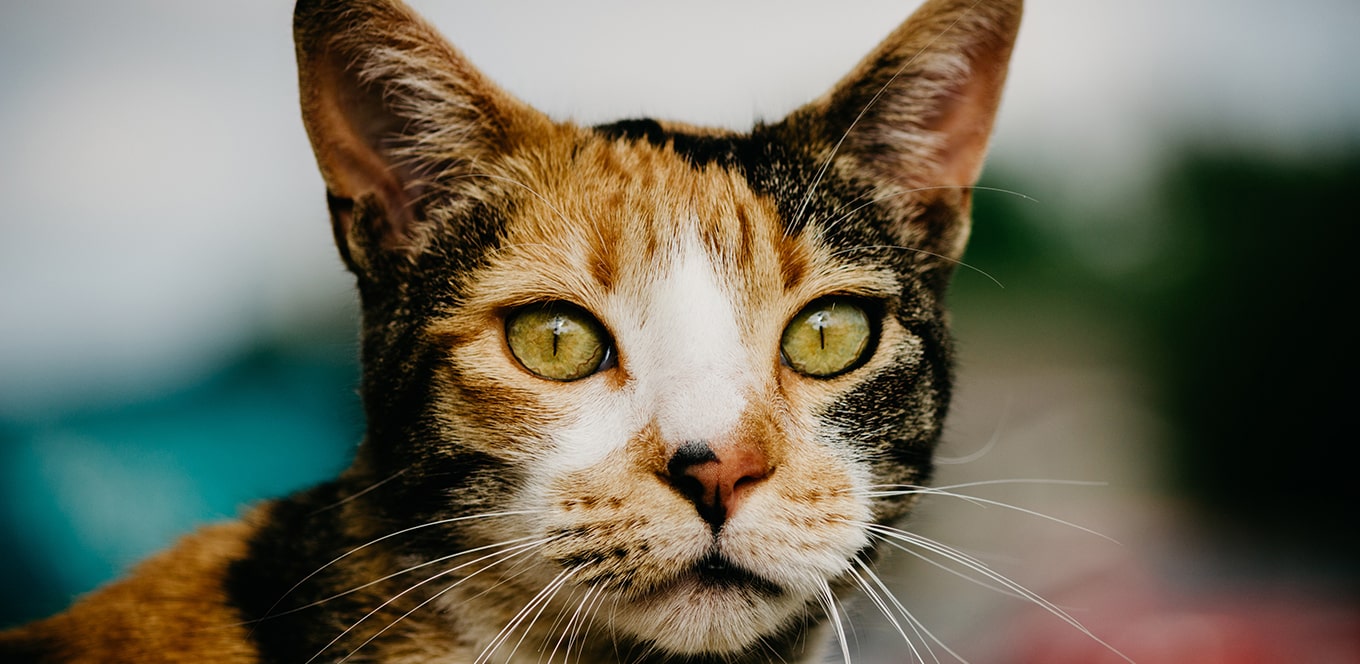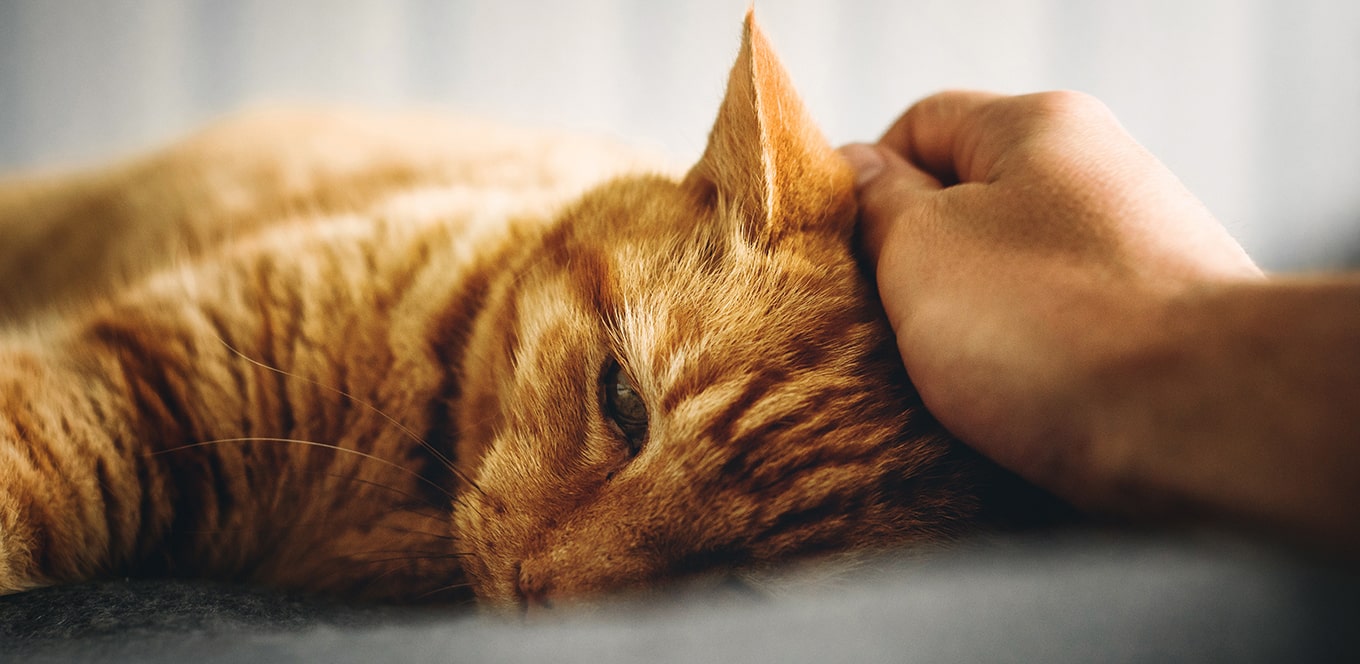

Antioxidants are good for your cat because they play a key role in minimizing damage to cells, including cells of the immune system.
These important, naturally occurring nutrients help maintain health by slowing the destructive oxidative process of cellular molecules. They also can be important in supporting immune responses and vaccine recognition in cats. This may be especially critical for kittens that are being vaccinated while their immune system is still developing.
Additionally, antioxidants can reverse decreases in immune-cell function for senior cats, increasing them back to healthy adult levels.
Antioxidants are nutrients found naturally in the body and in plants such as fruits and vegetables. Common antioxidants include vitamin C, vitamin E and certain compounds called carotenoids (including lutein and beta-carotene). A blend of several antioxidants in moderate amounts may be more effective than high levels of one antioxidant.
As cells function normally in the body, they produce damaged molecules called free radicals. These free radicals are highly unstable and steal components from other cellular molecules, such as fat, protein or DNA, thereby spreading the damage.
This damage continues in a chain reaction, and entire cells soon become damaged and die in a process called peroxidation. Peroxidation is useful because it helps the body destroy cells that have outlived their usefulness and kills germs and parasites. However, when left unchecked, peroxidation also destroys or damages healthy cells.
Antioxidants help prevent widespread cellular destruction by willingly donating components to stabilize free radicals. More importantly, antioxidants return to the surface of the cell to stabilize rather than damage other cellular components.
When there are not enough antioxidants to hold peroxidation in check, free radicals begin damaging healthy cells, which can lead to problems. For example, free radical damage to immune cells can lead to an increased risk of infection.
Because antioxidants play a key role in minimizing damage to cells, such as those that make up the immune system, recent research examined the benefits of certain antioxidants on the immune response of cats. The results of these studies indicated that antioxidants are important in helping cats maintain a healthy immune system.
The research also showed that each antioxidant benefits the immune system uniquely, so one antioxidant at high levels is not as effective as a group of antioxidants acting together.
| Antioxidant | Source | Function |
|---|---|---|
| Vitamin E | Plant oil extract, tocopherols | Optimizes immune system’s T-cell activation |
| Beta-carotene | Vitamin premix, corn meal, chicken by-product meal and chicken fat | Optimizes types of cells present in the blood, increases antibody levels in the blood and optimizes vaccine recognition |
Recent research also examined the effect of aging on immune responses. The findings indicate that as cats age, immune cell responses may decline. Including antioxidants in your cat’s diet can help reverse the age-related decrease in immune cell function, returning it to healthy adult levels.




Is your feline leaving puddles of urine in your bathtub or on your tile floors? Making lots (and lots) of trips to the litter box? Or crying out in pain when they pee?
Sounds like
tinkling trouble.
Your furry friend might have feline lower urinary tract disease (FLUTD), which is just scientific jargon for a collection of painful conditions that can wreak havoc on your kitty’s bladder and/or urethra.
Some of the most common FLUTD diseases include urinary tract infections, urinary stones caused by a buildup of minerals, obstructions within the urethra or an inflamed bladder.
Not drinking enough water
Not urinating often enough
A urine pH level that’s too high
Too many minerals and not enough water in the urine
Being a male cat — because their urethras are longer and narrower
Stress or anxiety
Keep your
eyes peeled for
peeing problems ...
The Opens a new window American Veterinary Medical Association says to watch for these major signs:
Straining to go
Frequently urinating a little at a time
Prolonged attempts to go
Crying out while urinating
Excessively licking their genital area
Peeing outside the litter box
Passing blood in their urine
Get your cat back
on the right tract.
First things first, if your feline seems to be in a lot of pain or isn’t able to pee at all, get to the vet — stat!
Your cat might have a urethral obstruction, a life-threatening condition that your veterinarian must treat quickly!
Seriously, don’t dillydally.
Feed smaller, more frequent meals.
Always provide your cat with clean, fresh water.
Encourage your feline to drink as much as possible to help keep mineral buildup at bay and flush your feline’s urinary system.
Be sure you have the right number of litter boxes — usually one more box than the number of cats you have.
Place litter boxes in quiet parts of the house.
Always keep litter boxes clean — they should be scooped once or twice a day.
Maintain a steady routine and make your home as stress-free as possible. Consider how your own stress level, any visiting house guests and any other pets might be affecting your cat.
Take this old adage to heart:
“An ounce of prevention is worth a pound of cure.”
In addition to the tips above, feed your cat delicious Opens a new window IAMS™ PROACTIVE HEALTH™ Urinary Tract Health, made with real chicken.
It helps promote your cat’s urinary system health by reducing urinary pH and helping to control mineral levels.
How’s that for
a win-win?!
We use a sodium salt to acidify urine and help prevent struvite crystals from forming.
Our formula helps control levels of calcium, magnesium and phosphorus in your cat’s urine, which is a good thing!
Next stop? Litter box bliss.
(Ahhhh.)

